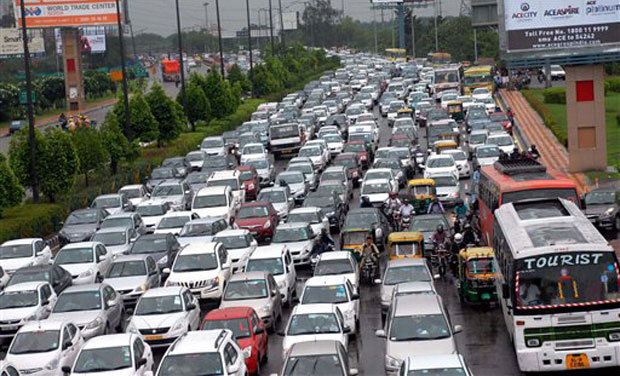As the world switches to driverless cars, India too could soon get vehicles powered by Artificial Intelligence (AI). Researchers at the International Institute of Information Technology (IIIT), Hyderabad have launched the Intelligent Solutions for Road Safety through Technology and Engineering (iRASTE) project in Nagpur aimed at making driving safer using AI.
This AI system will alert drivers about the risks on the road by identifying potential accident-causing scenarios. The system will use the Advanced Driver Assistance System (ADAS) to identify ‘grey spots’ on the road by continuously monitoring dynamic risks on the entire road network.
The Ministry of Science & Technology in a statement said that the system will also help in monitoring roads in real-time and create technical solutions to address current road blackspots for better road maintenance and infrastructure. Led by IIIT Hyderabad, the project is being developed by the National Mission on Interdisciplinary Cyber-Physical Systems (NM-ICPS) and INAI (Applied AI Research Institute).
Whole Hub is working to coordinate, integrate, and amplify basic and practical research in broad data-driven technologies, as well as their distribution and translation across the country, and one of its key goals is to provide a critical resource for researchers, entrepreneurs, and industry to use in the future, primarily in the fields of smart mobility, healthcare, and smart buildings.
While it is being implemented in Nagpur in the initial phase, discussions are on about implementing it in Telangana, with plans to expand to Goa and Gujarat as well.
The I-Hub Foundation has also deployed a variety of data-driven technology solutions in the mobility sector, including machine learning, computer vision, and computational sensing.
The India Driving Dataset (IDD) is one of the solutions that can be used for understanding road scenes in unstructured environments, collected from Indian roads that stand out by deviating from global assumptions of well-defined infrastructure such as lanes, limited traffic participants, low variation in an object or background appearance, and strict adherence to traffic rules.
The IDD dataset comprises 10,000 photos finely annotated with 34 classes gathered from 182 driving sequences on Indian roads captured by a front-facing camera mounted on a car driven around Hyderabad, Bangalore, and their outskirts. This dataset is freely available for unlimited usage under a public license, and it is quickly becoming the defacto dataset for all Indian road scene analysis. It currently has over 5000 registered users across the world.
An India Driving Dataset (IRDAT) has been created that could be used for localization and classification of the objects in a road scene. Another dataset called Open World Object Detection on Road Scenes (ORDER) has also been developed using the same technology. A Mobility Car Data Platform (MCDP) has also been designed with several sensors cameras, LIDARs, and the necessary computing for anyone to capture or process data on the car, which can assist Indian researchers and start-ups in testing their automotive algorithms and approaches in navigation and research on Indian roads.
LaneRoadNet (LRNet), a new framework with an integrated mechanism, has been developed to identify broken dividers, cracks, potholes on roads that put drivers at risk. The system will calculate a road quality score that will help authorities to assess road quality and prioritize maintenance schedules of the road so as to improve drivability.




